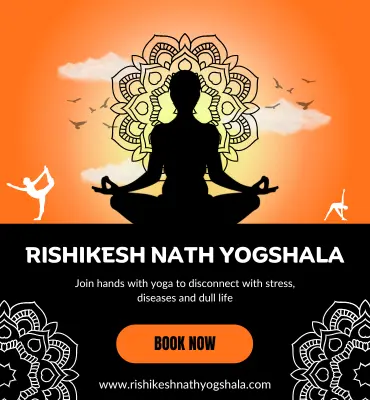How to Do Padangusthasana (Big Toe Pose)
Blog Big Toe Pose
Yoga is full of powerful yet simple poses that can bring incredible benefits to both your body and mind. One such pose is Padangusthasana, or the Big Toe Pose. At first glance, it might seem basic—but this forward bend holds a lot more than meets the eye. It’s gentle enough for beginners but effective enough to support deep flexibility and inner calm.
In this blog, we’ll walk you through What is Padangusthasana & How to do Padangusthasana step by step, along with helpful tips and the amazing benefits it offers.
What is Padangusthasana?
Padangusthasana is a standing forward bend in which you clasp your big toes with your fingers. The name comes from Sanskrit:
- Pada means - "Foot"
- Angustha means - "Big Toe"
- Asana means - "Pose"
It’s a foundational posture in many yoga styles and works wonders on the lower body and spine. It also encourages deep, conscious breathing and mental clarity.
Step-by-Step Guide to Practicing Padangusthasana
1. Begin in Tadasana (Mountain Pose.)
Stand upright with your feet about hip-width apart. Distribute your body weight evenly across both feet, grounding into the earth.
2. Inhale – Elongate the Spine.
Engage your thighs and gently lift your chest. Reach up through the crown of your head to create a long, tall spine.
3. Exhale – Fold Forward from the Hips.
Hinge at your hips—not your waist—and fold your torso forward. Keep your spine extended rather than rounded as you move into the bend.
4. Grab Your Big Toes.
Once your hands reach your feet, use your index and middle fingers to loop around each big toe. Wrap your thumbs around the outside for a secure grip.
5. Inhale – Lift Halfway Up.
Extend your arms and lengthen your spine forward. Look ahead slightly and create space in the torso.
6. Exhale – Deepen the Fold
Bend your elbows outward and gently pull on your toes to draw your upper body closer to your legs. Allow your head to hang and relax completely.
7. Hold for 5–10 Breaths
Stay in the pose and breathe deeply. With each exhale, try to soften and sink a little deeper into the stretch.
8. To Come Out
Inhale, lift your torso halfway. Let go of your toes and slowly rise back up to standing with a straight back.
Benefits of Padangusthasana
💪Physical Benefits
- Deeply stretches the hamstrings, calves, and lower back.
- Increases flexibility in the spine and legs.
- Strengthens the thighs and tones the knees.
- Supports digestion by stimulating abdominal organs.
- Improves overall posture and balance.
🧘♀️Mental and Emotional Benefits
- Calms the nervous system and promotes relaxation
- Increases flexibility in the spine and legs.
- Helps reduce anxiety and mental fatigue
- Sharpens focus and brings mental clarity
- Encourages mindfulness and breath awareness
Who Should Avoid This Pose? (Contraindications)
- If you have lower back injuries or serious hamstring issues, approach with care or skip this pose.
- Those with high blood pressure or dizziness should avoid prolonged forward bends unless guided by a teacher.
Helpful Tips and Techniques ?
- Warm Up First : Do some gentle stretches like Downward Dog or Standing Forward Bend to prepare your hamstrings.
- Keep Knees Soft : Avoid locking them. A small bend is okay, especially if you’re tight in the back of the legs.
- Use a Strap if Needed : Can’t reach your toes? No problem! Use a yoga strap or towel around the feet.
- Focus on Your Breath : Let your breath guide you deeper into the pose.
- Distribute Your Weight Evenly : Keep balance in your feet—don’t lean too far forward or back.
Conclusion: Padangusthasana
Padangusthasana might seem simple, but it offers a surprising depth—both physically and mentally. It’s more than just touching your toes; it’s about connecting with your breath, calming your thoughts, and opening up the body with intention and care.
Whether you’re a yoga newbie or a seasoned practitioner, adding Big Toe Pose to your routine can help you feel more grounded, flexible, and centered.
If You want to Learn How to do exact any yoga posture so you can join Our 100 Hour & 200 Hour Online Yoga Teacher Training Course who can help to right way to teach Any Yoga asana Through Online Yoga course.

